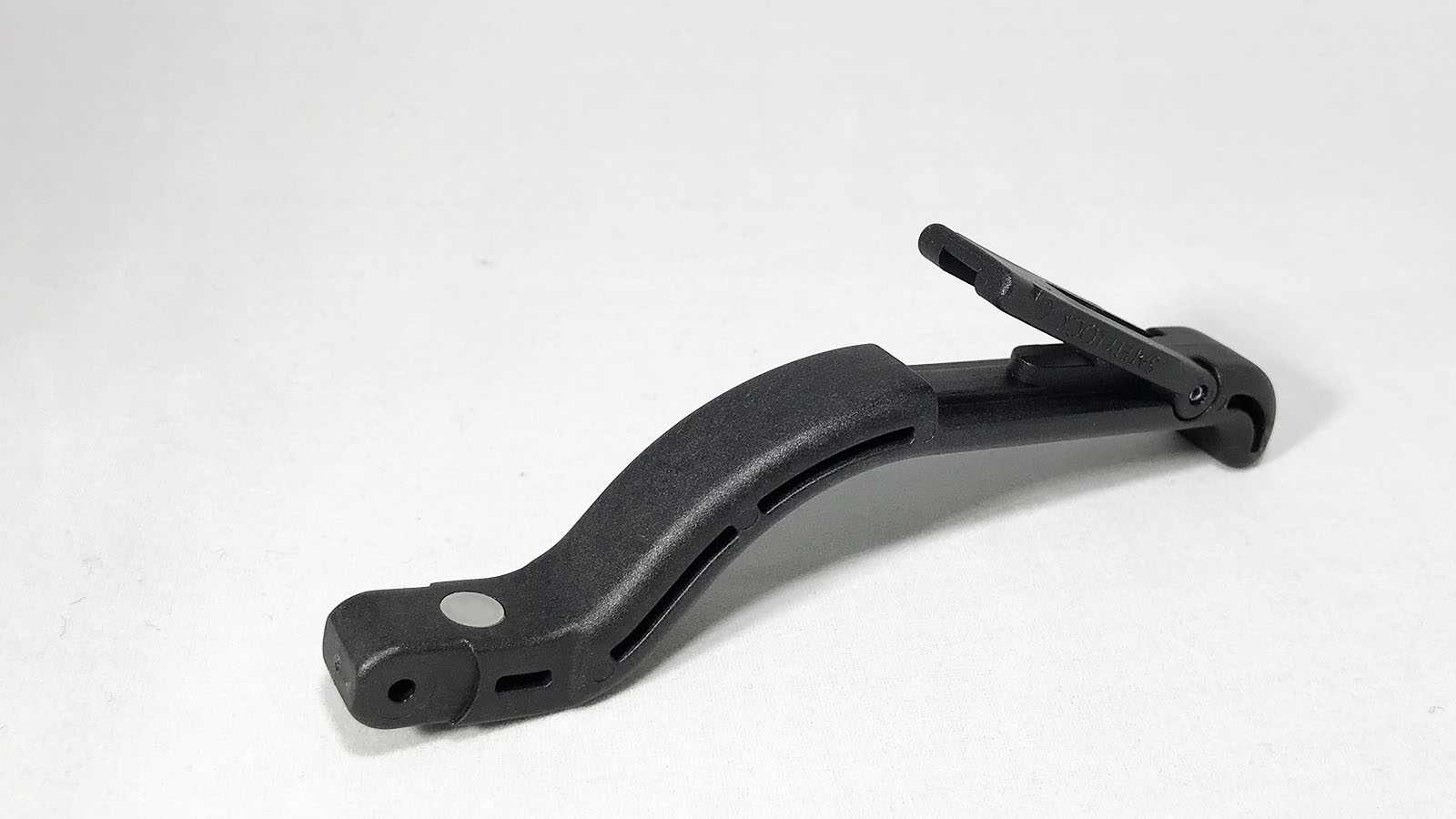The applications for plastic injection molded components are seemingly endless. With all the different applications, there’s a good chance that “some assembly may be required.” If you’re a manufacturer, you’re most likely buying these plastic components and integrating them into your manufacturing processes. This may work well, but it’s worth considering how those plastic parts are manufactured and talking to molder about value-added opportunities. Allowing your molder to handle even simple assembly functions in line with their process may prove to be more cost-effective than doing it yourself.
For many injection molding operations, there is a full or part-time operator tending a molding machine. Machine operators may fulfill tasks like part separation, insert loading, or packaging in tandem with the molding machine. In some cases, when the operator finishes the task, they have to wait on the next molding cycle to complete. That lag time could be an opportunity for them to fulfill an additional task that you would otherwise be paying an additional operator at your facility to complete.
Imagine this scenario: Let’s say you have a product that gets packaged in a custom injection molded case (like a drill bit set). The case has a top and bottom (provided by your molder), which are connected by a hinge. Currently, you’re buying the top and bottom halves, and once received, you have a team member insert a metal pin through the hinge to complete the assembly. Quick and straightforward to achieve, but not necessarily the best use of labor. Not only are you allocating labor, but there may also be an opportunity cost to that team member’s time. After all, your product is in the case, not the case itself. So, obviously, it makes more sense to focus time and energy on your product.
The missed opportunity, in the case example, is that your molder may have a machine operator with enough time during the injection molding process to complete the assembly required. This could help significantly with overall cost savings. In addition, it may simplify your manufacturing process and free up a team member to focus on higher-value initiatives. You would no longer need to stock pins or pay someone to complete the assembly. You could simply order the case, add your product, and ship to your customers.
This is a straight forward example. The cost savings/efficiency opportunities will vary from project to project. The important take-away here is to talk with you molder about the entire process. You may find that there are opportunities to leverage each others’ capabilities to create a more cost-effective and efficient supply chain.
Assembly is one of several value added services offered by Basilius. These services are an extension of Basilius’ turn-key design, tooling, and injection molding capabilities.


